Customer Hot Line:
+86 15622179651I have recently seen many friends asking me about engine jitter and poor acceleration, and some even don't know how to check fuel pressure. Today, we will tell you about the fuel system, how to measure the oil pressure, and some troubles that will bring you a chat.
1. Preparation tools (oil pressure gauges, rags, tools, etc.)
2, pressure relief
A, pull the relay
B, pull insurance
C. Drive the car and unplug the fuel pump. The residual oil pressure of the system can be maintained for a few seconds, then automatically turn off the fire. When the vehicle is restarted, the pressure relief operation is completed.
Note The fuel pump relay is generally beigeblue.
3. Connect the oil pressure gauge Generally, there is a diagnostic interface on the oil supply pipeline. For the interface without the interface, we connect it to the oil inlet pipe in the form of a three-way valve connected in the middle.
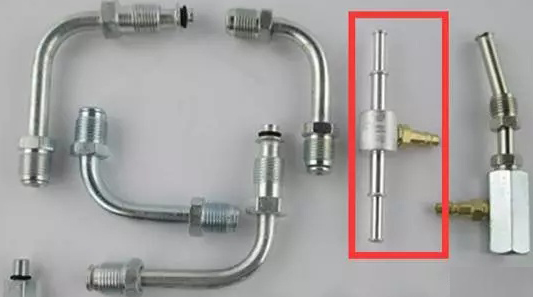
4. Test content
A, oil supply pressure (idle oil pressure)
B, oil supply
C, adjust the oil pressure
D, the maximum oil pressure
E, residual oil pressure
Oil supply pressure The engine is running at an idle speed. The value displayed on the oil pressure gauge is generally 250kpa.
Oil supply After the engine is running fast, the engine speed is increased to 2600rmin, and the oil pressure should be increased by 21kpa on the basis of the oil supply pressure.
Adjusting the oil pressure When the vacuum hose on the oil pressure regulator is unplugged and inserted, the oil pressure gauge should rise by 20~70kpa. (based on oil supply pressure)
Maximum oil supply pressure When the engine is running at idle speed, clamp the oil return pipe and observe the oil pressure gauge. The displayed value should be increased to 2~3 times based on the oil supply pressure.
Residual oil pressure After the engine is turned off, the value shown on the oil pressure gauge is kept at 140kpa within 20min.
1. Preparation tools two pliers, rags, oil pressure gauges, etc.
2. Operation steps
A. Turn the ignition switch on or off repeatedly and start the car, then turn off the flame. When the oil supply line is clamped, the system oil pressure value can be maintained, indicating that the inner leakage is the oil pump assembly. If you can't keep it, proceed to the next step.
B. Turn the ignition switch on or off repeatedly and start the car, then turn off the flame. After the oil pressure is established, the oil return line is clamped, and the system oil pressure value can be maintained, indicating that the inner leakage is the oil pressure regulator. If you can't keep it, proceed to the next step.
C. After the oil pressure is established, the supply and return lines are clamped at the same time, and the oil pressure display is lowered, and it is determined that the fuel injector is leaking.
When talking about the fuel system, the first thing we think of is the fuel pump. Let's talk about the fuel pump and what kind of failure will happen.
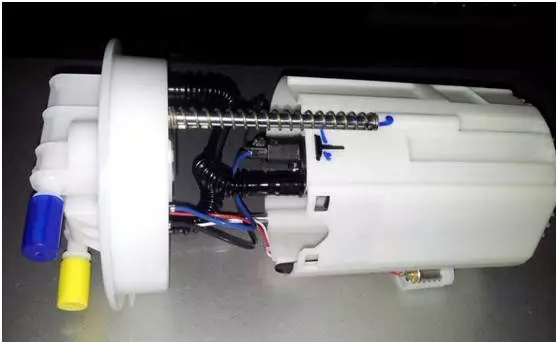
1. Safety valve leakage or spring failure
It will cause low oil supply pressure and insufficient oil supply, which will result in unstable or inoperative engine operation, resulting in poor engine engine acceleration or engine weakness.
2, check valve oil leakage
It will cause the vehicle fuel system to not establish residual pressure. When starting the car next time, it is difficult to start, and it takes several times to drive the car.
3, the oil filter is blocked
It will cause insufficient fuel supply to the fuel system. In severe cases, the fuel pump will scream due to wear and tear. It will cause the engine to jerk, the acceleration is poor, and there is no high speed.
4, fuel pump pump core damage
This will cause the fuel system to fail to supply oil. The engine cannot start.
5, fuel pump wear
This will cause the oil pump pump oil pressure to be insufficient, which may cause problems such as difficulty in starting the engine and poor acceleration.
After talking about the fuel pump, let's talk about another big injector of the fuel injection system.
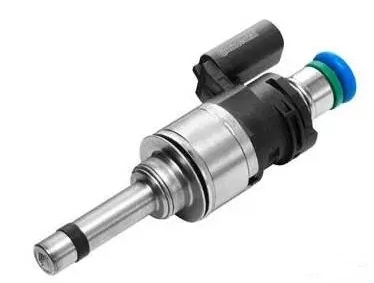
1. The injector is blocked
This will cause the injector to not spray or the amount of fuel injected, as well as poor atomization. It will cause the engine power to drop, the acceleration to be slow, the idle speed to be unstable, the easy to extinguish and the engine to work.
2. Injector solenoid or internal circuit disconnection
Will cause the injector to not spray oil. It can cause the engine to work unstable or not work.
3. Fuel injector leakage (internal leakage)
It will cause the pressure of the fuel system to drop, the fuel consumption will rise, and it will cause difficulty in starting the engine, black smoke from the exhaust pipe and shooting.
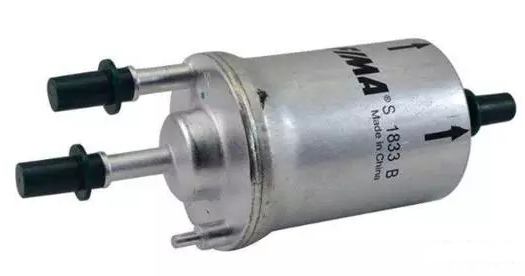
1. The fuel filter is dirty and clogged
This will cause the fuel system pressure to drop, resulting in poor acceleration and unstable idling.
2. Install the wrong fuel filter (with pressure valve)
This can cause the fuel system pressure to be too low or too high, resulting in high fuel consumption, black smoke, or poor acceleration.
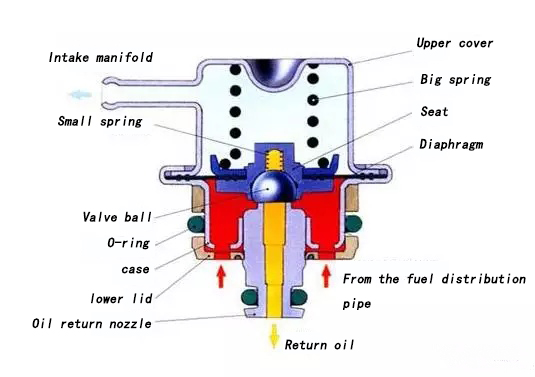
1. Vacuum tube leaks
Unable to adjust the oil pressure, it will cause the engine fuel consumption to increase, the idle speed is unstable, the exhaust pipe emits black smoke, etc.
2. The internal pressure of the fuel pressure regulator is damaged (the oil pressure cannot be adjusted)
Excessive oil pressure can cause engine fuel consumption to increase, idle speed is unstable, and the exhaust pipe emits black smoke.
If the oil pressure is too low, the engine may be insufficiently powered and the starting may be difficult.
3, vacuum diaphragm rupture
The fuel will leak through the vacuum hose to the intake pipe, causing high fuel consumption, black smoke from the exhaust pipe, and difficulty in starting the engine.
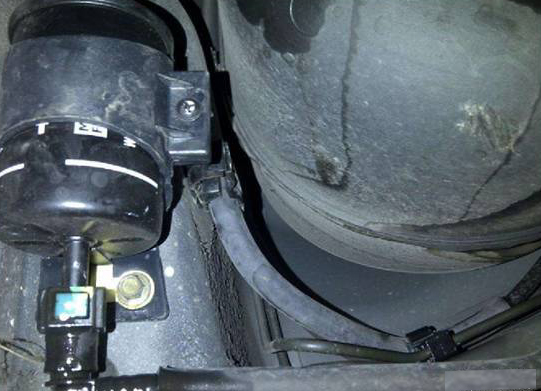
It will cause fuel system pressure drop, high fuel consumption, poor acceleration, and unstable idle speed. There are still certain security risks.
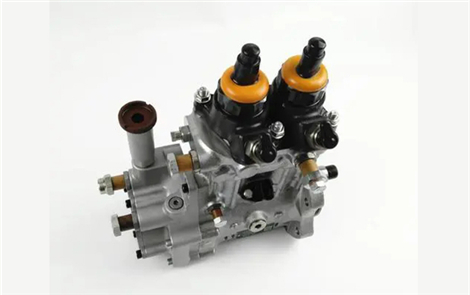
Release time:2019-07-15 Text source:Guangzhou Ruixiao Trading Co.,
What is a Common fuel pump? The Common fuel pump is known as the heart of the diesel engine. Is the most important component of the diesel fuel supply system Is to provide high pressure diesel fuel injectors regularly and quantitatively. Wh...
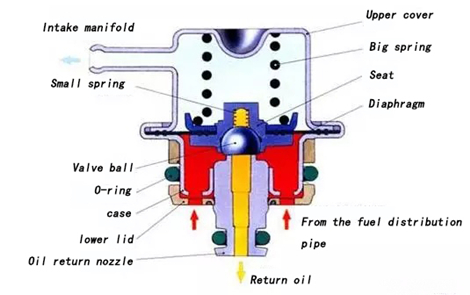
Release time:2019-03-04 Text source:Guangzhou Ruixiao Trading Co.,
I have recently seen many friends asking me about engine jitter and poor acceleration, and some even dont know how to check fuel pressure. Today, we will tell you about the fuel system, how to measure the oil pressure, and some troubles tha...
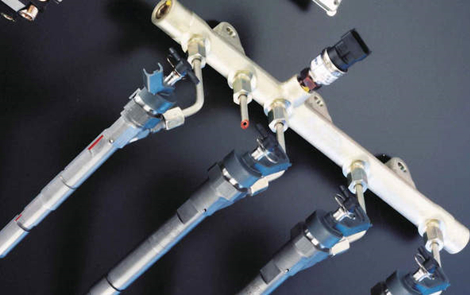
Release time:2018-10-03 Text source:Guangzhou Ruixiao Trading Co.,
Mechanical fuel pump Diagnostics Using Scan Tools Most common Mechanical fuel pump diagnostic procedures in the past could be performed with a pressure gauge and a volt meter. the most important tool is the scan tool. On early import vehicl...
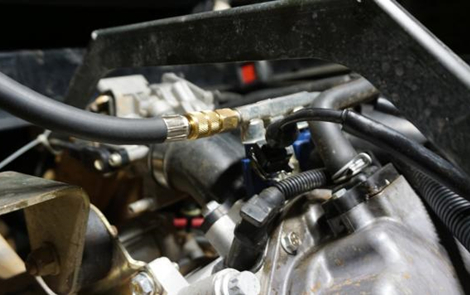
Release time:2018-09-30 Text source:Guangzhou Ruixiao Trading Co.,
How to Replace the Injection Pump in a Gas Tank If your gas tank is full but your engine isnt getting any gas, you may need to substitute the injection pump. However, first make sure the problem isnt a broken gas line, clogged filter or an...
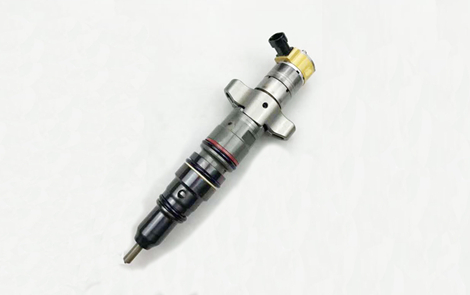
Release time:2018-09-17 Text source:Guangzhou Ruixiao Trading Co.,
How to Buy a High performance fuel injectors The high performance fuel injector, injects fuel into the engine at the right time to ensure optimal efficiency. Older automobiles had carburetors that mixed the air and fuel before delivering it...